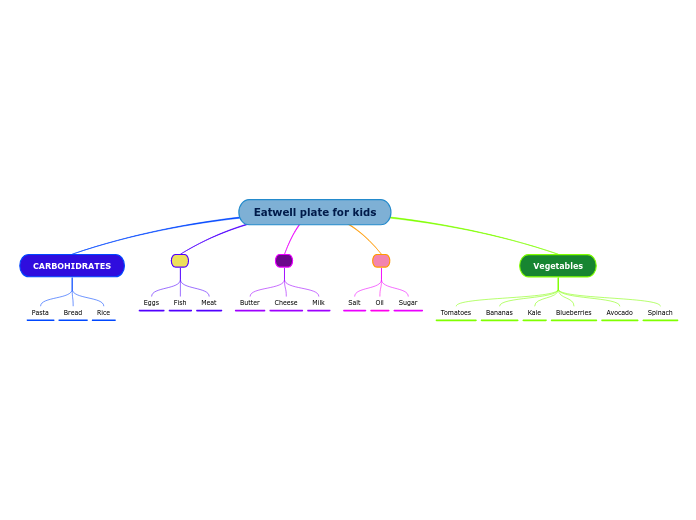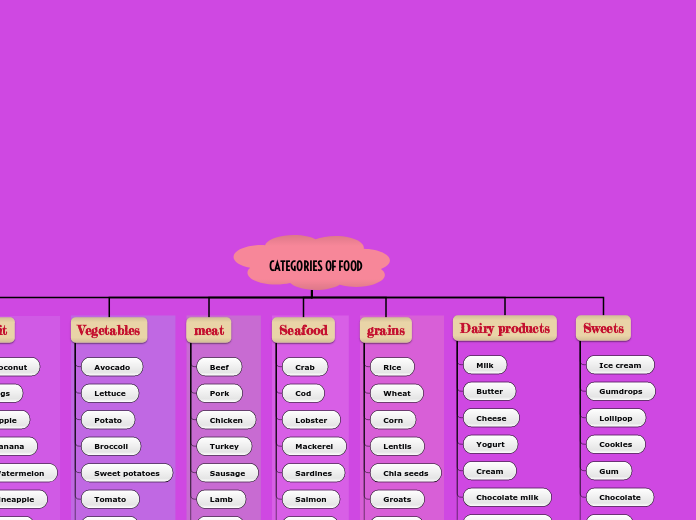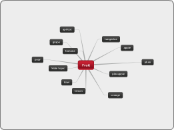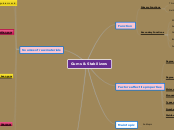Gums and Stabilizers
Cellulose Derivatives
Use in fried foods in which they create
a barrier to oil absorption, retard loss of
moisture & improve adhesion of batter
Methylcellulose (MC) & HPMC gel when
heated & return to their original liquid
viscosities when cooled
Use for thickening, suspending,
stabilizing & modify flow characteristics
Very clear solution & stable over pH 4
to 10
Examples: carboxymethylcellulose
(CMC), hydroxypropylmethylcellulose
(HPMC)
Source of Raw Materials
peel of citrus fruits (lemon,
lime, orange) or apple pomace
Konjac Glucomannan
Armophophallus konjac, K. Koch tuber
Seed of Carob Bean
Carragenan
Seaweed
Acacia Senegal L
Main Classes of Hydrocolloids
Extract from plant parts
Extract from tubers
Microbial gums
Extract from seaweeds
Extract from seed
Derivatives from exudation or sap of
trees
Factors Affect Gum Properties
Distribution of Side Chains
Number of Side Chains
Type of Side Chains
Monosaccharide Composition
Molecular Weight
Hydrocolloid Structure
Substituent will determine whether
the gums are non-ionic or ionic (there
are no cationic food gums)
High MW polymers consisting long chain sugar units with substituent protruding from the main chain
Gellation of Hydrocolloids
Others will form gel under acidic
pH + high sugar concentration,
some require pH and alkaline pH.
Some hydrocolloids form gel on
heating/cooling; some require the
presence of cations
Thermally Irreversible Gelling Agents
Examples: alginate, starch, konjac,
HM pectin
Thermoreversible Gelling Agents
Examples: Gelatin, agar, -
carrageenan, -carrageenan, LM
pectin, gellan gum, methyl cellulose,
HPMC.
Gel formed on heating or cooling and
the process is reversible
What is Hydrocolloids?
Functions
Secondary Functions
Formation of Film
Encapsulation
Control of Crystallization
Suspension of particulates
Stabilisation of emulsions
Primary Functions
Gelling or texturizing agents
Thickening agents
Food Hydrocolloids
A range of polyssacharides and proteins also known as 'water-soluble gum', 'stabilizers' , 'gums'
Xanthan Gum
Use for thickening, suspending and stabilizing effects
Pseudoplastic – thin with shear recover their initial viscosity when shearing stops – important for good flavour release, mouthfeel.
Viscosity remain unchanged across the
temp range of 0 – 100 C & pH 1 – 13
Excellent stability to heat & pH
Completely soluble in cold water and hot water produce high viscosity at low conc.
Cellulosic backbone with trisaccharide
branches attached to every other
glucose unit in the main chain
Polysaccharides produced from fermentation of CHO substrate with Xanthomonas campestris
Guar Gum
Very stable from pH 4 -10.
Nongelling – used primarily as a viscosity builder, stabilizer water binder
More highly substituted than LBG –
more soluble & hydrates fully in cold
water giving high viscosity
A linear chain of mannose with single galactose units attached as side chains
Locust Bean Gum (LBG)
Canned foods, sauces, desserts, beverages, ice cream, processed meats
Primary functions: thickening, stabilization of emulsions, inhibition of syneresis
LBG is non-ionic – stable over the pH range of 3.5 to 11.0
Does not form a gel by itself – but can gel
when combined with xanthan gum
Insoluble in cold water & must be heated
dissolve to max viscosity develop when
heated to ~95C, then cooled.
Galactomannan gums – made up of
mannose & galactose in a ratio of 4:1
Come from seeds of the leguminose
Ceratonia siliqua (indigenous to
Mediterranean countries)
Carrageenan
Gelation of Carrageenan
Cations are important in carrageenan gelation. It
is believed that Ca2+ and K+ ions form bridges
between adjacent double helices through an
electrostatic binding to two adjacent sulfate
groups, thus stabilizing and strengthening the
network.
In a concentration as low as 0.5%, K- and I-carrageenan have the ability to form thermoreversible gelsvupon cooling of hot aqueous solutions containing various cations (e.g., K+); L-carrageenan does not form gel
types of carrageenan
Iota (-carrageenan)
Lambda (-carrageenan)
Kappa (-carrageenan)
structure is composed of linear galactan
polysaccharides that have a sulfate content of 15-40%.
highly refined extract of seaweed
from the rhodophyta family.
Gum Arabic
Uses
Function as an emulsifier & stabilizer in
soft drink emulsion (30% of world supply)
Promote stabilization of foam in beer
Encapsulation agent - to encapsulate volatile flavour compounds
confectionery products – to retard sugar
crystallization & to promote emulsification
Least viscous & the most soluble of all
the hydrocolloids – up to 55% solid
concentration can be used
Dissolve easily in hot/cold water
Complex structure – polysaccharide
containing galactose, rhamnose,
arabinopyranose, arabinofuranose,
glucuronic acid.
Alginate
Applications
Propylene (esterified glycol alginate form of alginate) has emulsification property – commonly used as stabilizer in emulsions like mayonnaise/low-fat mayonnaise.
In beverages, alginate act as a thickener & stabilizer – e.g., in dry mix fruit drinks, alginate gives fast hydration & mouthfeel.
excellent stabilizing effect in frozen products; e.g., used in ice cream to avoid crystallization,
can form gel in cold water in the presence of Ca ion; the gel is thermo-irreversible.
ratio of M:G & the MW of polymer
determine the solution and gelling
properties of alginate
Made up of blocks of Dmannuronic
acid (M-blocks) & Lguluronicvacid (G-block)
Derived brown seaweedv(Laminaria hyperborea)
Pectin
Typical Pectins Used
In fermented /directly acidified dairy products
As stabiliser
in fruit juices fruit drink concentrates –
also to provide a “natural mouthfeel”
Jams, jellies & preserves
Jam with suspended fruit particles requires rapidset
HM pectin
primary gelling agent in jams & jellies
Types of Pectin
Low Methoxy Pectin (LMP)
ALMP – very Ca2+ reactive : assist gelation in low sugar
fruit preparations, e.g. low-sugar jams & jellies
LMP – less Ca2+ reactive than ALMP:used as a
thickening agent in yoghurt fruit
form gel with Ca but lose gelling ability asDE increase
Form gels in the presence of Ca2+, with a low solids
content & wide pH range (1-7) [but soluble solids can
be up to 85%]
DE < 50% — two sub-groups:Conventional low methoxyl pectin (LMP),Amidated low methoxyl pectin (ALMP)
High Methoxy Pectin (HMP)
As DE increase, ability to form gel increase
gels at high solids & low pH
not heat reversible
firm & short structure,
clear & transparent, excellent flavour
release
Setting times vary from 1-3 min to > 1 h
Commercial high methoxy pectin: DE 58% to
75%
Natural form is called
protopectin (insoluble)
Derived from the peel of citrus fruits (lemon, lime,orange), apple pomace, sugar beet, sunflower heads









